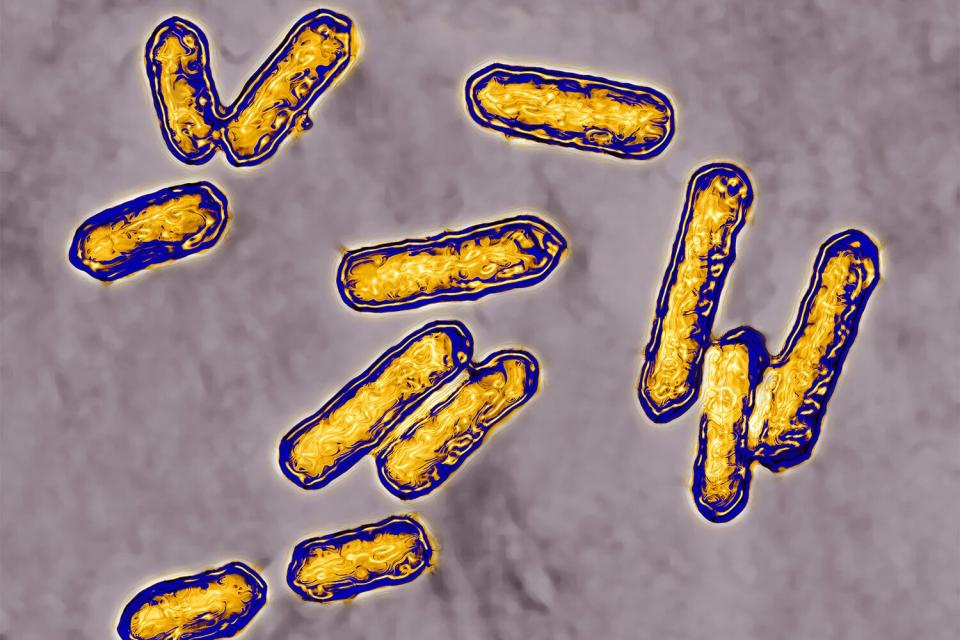Deadly Multi-State Listeria Outbreak Linked to Florida Ice Cream Company

Getty
A listeria outbreak, which led to one death and 22 hospitalizations, has been linked to a Florida ice cream company, according to the Centers for Disease Control and Prevention.
On Saturday, the CDC recommended consumers discard all Big Olaf Creamery products immediately.
"Consumers who have Big Olaf Creamery brand ice cream at home should throw away any remaining product," the agency said. "Clean any areas, containers, and serving utensils that may have touched Big Olaf ice cream products."
The CDC is advising businesses to no longer sell Big Olaf Creamery products.
The ice cream brand is also "voluntarily contacting retail locations to recommend against selling their ice cream products until further notice," according to the agency.
Big Olaf Creamery did not immediately return PEOPLE's request for comment.
Big Olaf Creamery products are only sold in Florida but the listeria outbreak spread to nine more states including Colorado, Georgia, Illinois, Kansas, Massachusetts, Minnesota, New Jersey, New York and Pennsylvania, the CDC reported.
Nearly all the infected individuals had previously traveled to Florida within a month of getting sick, the CDC said in a previous investigation notice.
Never miss a story — sign up for PEOPLE's free weekly newsletter to get the biggest news of the week delivered to your inbox every Friday.

BSIP/UIG Via Getty
RELATED: 1 Dead, 22 Hospitalized in Multi-State Listeria Outbreak Tied to Florida
The cases were reported from January 2021 and June 2022 in people ranging from the age of 1 to 92 years old, according to the agency. More than 50 percent were male, the CDC reported.
According to the Cleveland Clinic, listeria is "a foodborne illness caused by the bacteria L. monocytogenes."
Pregnant people and those with weakened immune systems are at the greatest risk of a severe infection, according to the clinic. Symptoms typically include fever and flu-like reactions, such as muscle aches and fatigue, according to the CDC.
The symptoms typically begin within two weeks of eating contaminated food, but can start the same day or up to 70 days later, according to the CDC.

